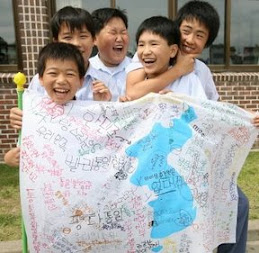Photo 1: On June 30, 2019, Trump crosses the raised concrete strip representing the Military Demarcation Line (MDL) that divides Korea at Panmunjum (the Joint Security Area in the DMZ/Demilitarized Zone), becoming the first sitting US president to step foot on North Korea.
Photo 2: Kim Jong-un crosses the same line into South Korea (accompanied by South Korea's Moon Jae-in), becoming the first North Korean leader to do so, in April 2018.
Photo 3: South Korean college student Im Soo-kyung (who went to North Korea to participate in the World Youth Festival) crosses the line, at the same location, into South Korea in 1989, becoming the first Korean civilian to willfully cross that line (and not by accident, defection or espionage) since the Korean War ended in an armistice and the creation of the MDL/DMZ in 1953.
Symbolism matters in the DMZ, like the Berlin Wall. That concrete line in the DMZ, a highly recognizable -- and painful to all Koreans -- symbol of prolonged Korean division and the last vestige of the Cold War, is now casually crossed over -- by government/military officials and civilians on inter-Korean meetings or exchanges.
And history was made this past Sunday as Trump crossed the line, symbolically as a "peacemaker" (whatever his motivation may have been) in a business suit and not wearing the usual military attire that US presidents had done when visiting the southern side of the DMZ in the past. [Trump's overall antics aside, his unprecedented summits with Kim and this DMZ crossing showed a way besides the business-as-usual approach.]
But that casual crossing has not been the case always. In 1989, Im Soo-kyung (accompanied by Father Moon Kyu-hyun) risked long imprisonment in South Korea for crossing that line (she received five-year sentence for violating South Korea's draconian and archaic National Security Law), in a brave and unprecedented action to help bring about a breakthrough for peace and reunification of Korea.
With persistent efforts and sacrifices of many civilian activists like Im, the once-impenetrable wall dividing Korea began to crack and led to a series of inter-Korean rapprochement and cooperation towards negotiated settlement for peace in Korea.
Now, the US and North Korea must transcend historical hostilities and animosities (and skepticism of cynics) and translate this historical moment into real progress towards negotiating a lasting peace settlement in the Korean Peninsula.








5 comments:
ice cube machine
ice cube maker machine
bullet shape ice cube machine
commercial ice cube machine
CBD oil China
Rick Simpson oil China
Ricks hemp oil China
Medical cannabis China
Hemp oil China
Where to buy CBD oil
CBD Hemp oil China
Rick Cannabinoild oil China
Cannabidiol China
Rick Cannabinoild China
Cleaning Geelong
Geelong Cleaning
Carpet Cleaning Geelong
Carpet cleaning
Vacate cleaning
Office Cleaning Geelong
Commercial cleaning Geelong
Move out cleaning Geelong
Dry Cleaning Geelong
Thanks gan infonya
Post a Comment